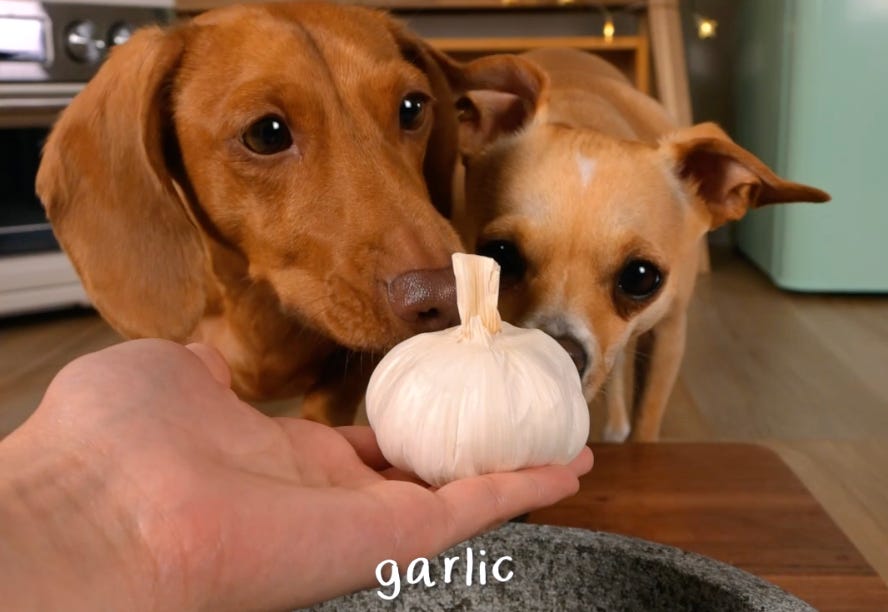Garlic for dogs?
Lots of confusion around this topic, we attempt to clear things up
TLDR: In appropriate amounts for your dog (based on their size, age, and health) garlic is not toxic. Should you feed your dog garlic? That’s up to you and your vet. The purpose of this article is to explain how garlic came to be so feared, what the actual benefits and risks are, and most importantly, to help dispel unwarranted fear around r…




